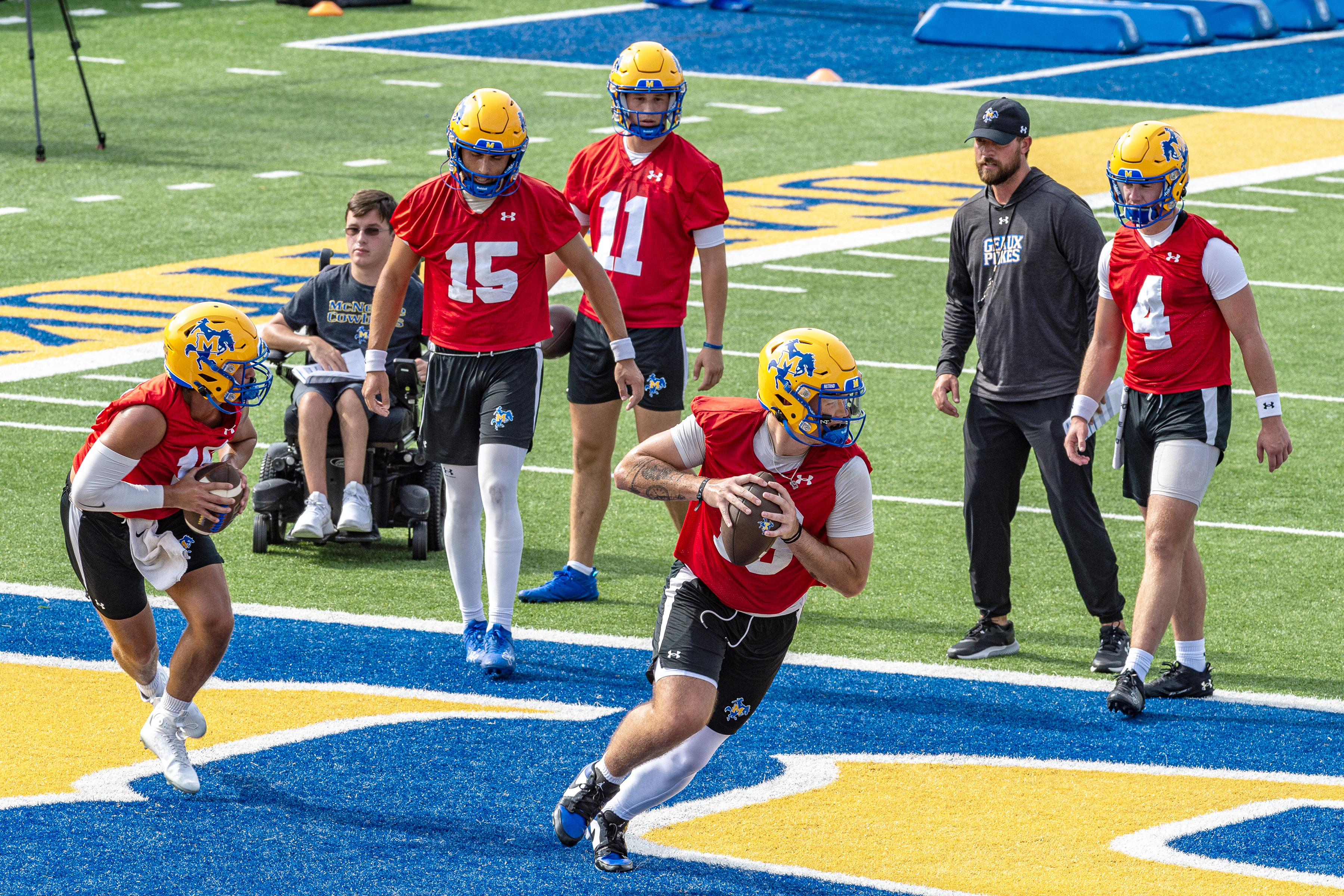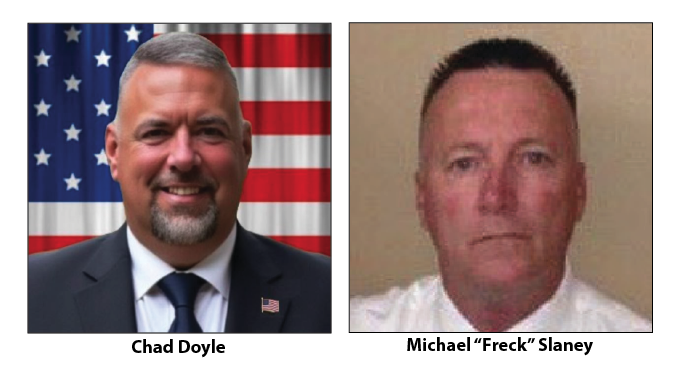Suddenlink devices will cost $3.50 per month
Published 6:28 am Sunday, June 26, 2016
Suddenlink has announced once again that its new programming will require that all TVs have a box to view its signal. The announcement says the boxes are free until 2017.
How much will these boxes be when they start charging for them? Also, why are people not given a choice in this matter?
Suddenlink launched its all-digital shift primarily “to enhance the quality of the services we offer to all of our customers and introduce new and better services,” said company spokesman Gene Regan.
Trending
Customers in Lake Charles and Sulphur will need digital-reception equipment for their televisions beginning July 19, Regan said.
“Many people already have this capability, including those whose TV sets are connected to a Suddenlink HD DVR, HD Digital receiver, or a Suddenlink TiVo HD DVR or those that have a Suddenlink Cable Card,” Regan wrote in an email.
“Others received HD DigitaLink receivers in an earlier phase of our all-digital conversion.”
To make the digital transition easier, Regan said, Suddenlink will give customers two HD DigitaLink receivers to use free of charge “for several months.”
Additional DigitaLink devices will cost $3.50 a month — which is the rate that all customers will pay for the devices starting in late 2017, he said.
People who need an HD DigitaLink device can visit one of Suddenlink’s two local stores, Regan said.
Trending
The Lake Charles store is open 8:30 a.m.-6 p.m. Monday-Friday and 8:30 a.m.-noon Saturday. The Sulphur store is open 8:30 a.m.-5:30 p.m. Monday-Friday.
Regan said both stores will be open 8:30 a.m.-4 p.m. on July 9 and 16, the two Saturdays before the digital shift.
l
Online: www.suddenlink.com.
ENSO’s El Ni?o phase ended in May
What exactly are El Ni?o and La Ni?a?
“El Ni?o and La Ni?a are the warm and cool phases of a recurring climate pattern across the tropical Pacific — the El Ni?o-Southern Oscillation, or ‘ENSO’ for short,” reads a page at climate.gov, a website run by the National Oceanic and Atmospheric Administration.
“The pattern can shift back and forth irregularly every two to seven years, and each phase triggers predictable disruptions of temperature, precipitation, and winds.
“These changes disrupt the large-scale air movements in the tropics, triggering a cascade of global side effects.”
According to NOAA, El Ni?o ended last month.
l
Online: www.climate.gov/enso.
l
The Informer answers questions from readers each Sunday, Monday and Wednesday. It is researched and written by Andrew Perzo, an American Press staff writer. To ask a question, call 494-4098 and leave voice mail, or email informer@americanpress.com.





